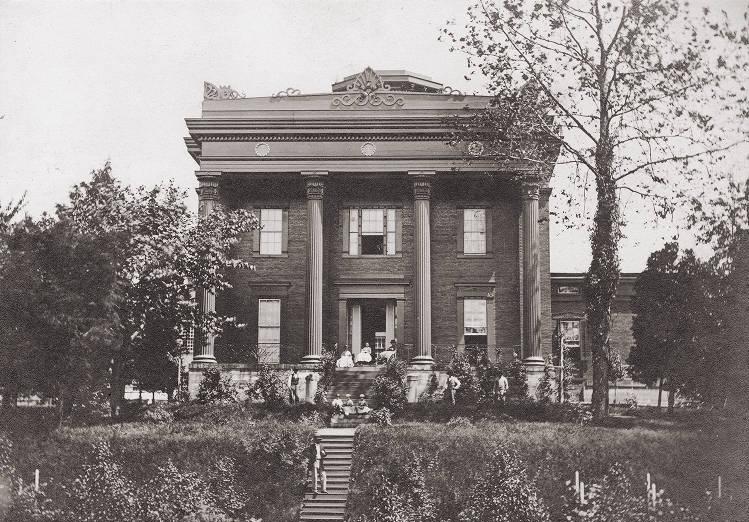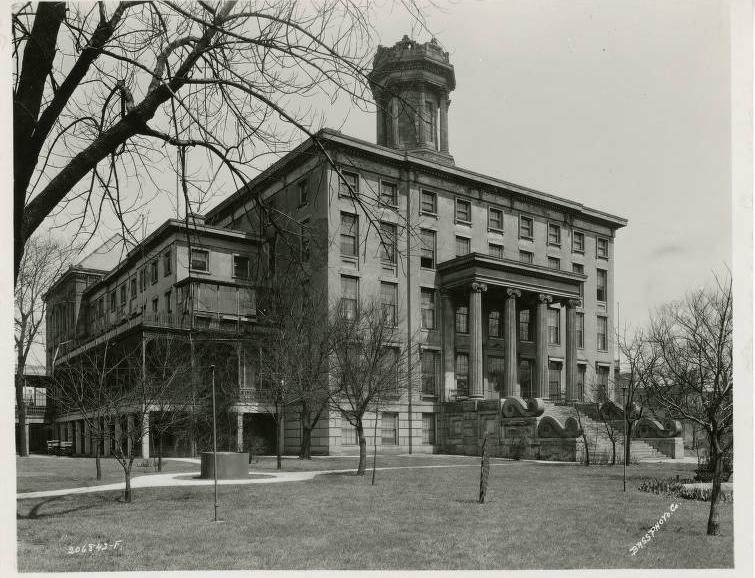(Mar. 4, 1810-Apr 18,1865). A native of Washington, D.C., Francis Costigan studied to be a builder and an architect in Philadelphia and Baltimore. After moving to Madison, Indiana, he designed many homes in that city, including the Lanier Mansion (1844).

When Madison entered a period of economic decline in the 1850s, Costigan moved to Indianapolis. He designed the former Odd Fellows Building on the northeast corner of Washington and Meridian streets, the , located on land that later became part of the , and the Oriental House Hotel at 121-125 South Illinois Street (later part of the Hotel Oxford). For a brief time, he was the proprietor of the Oriental House. He built but did not design the old Post Office on the corner of Pennsylvania and Market streets (1858).
Costigan employed a diversity of building styles, often using unusual and elaborate ornamentation. The Andrew Wallace Residence at 601 Fletcher Avenue, constructed in 1866 after his death, is the only building believed to have been designed by Costigan still standing in Indianapolis. Costigan died of consumption and was buried in Greenlawn Cemetery; his remains were later moved to .

Costigan employed a diversity of building styles, often using unusual and elaborate ornamentation. The Andrew Wallace Residence at 601 Fletcher Avenue, constructed in 1866 after his death, is the only building believed to have been designed by Costigan still standing in Indianapolis. Costigan died of consumption and was buried in Greenlawn Cemetery; his remains were later moved to .

Help improve this entry
Contribute information, offer corrections, suggest images.
You can also recommend new entries related to this topic.

